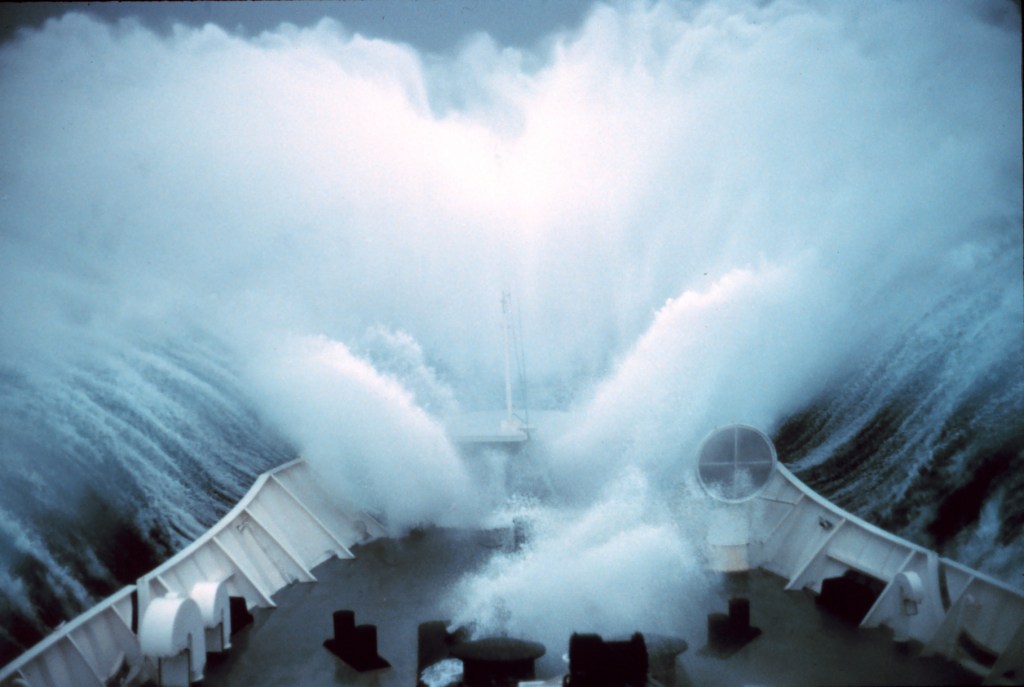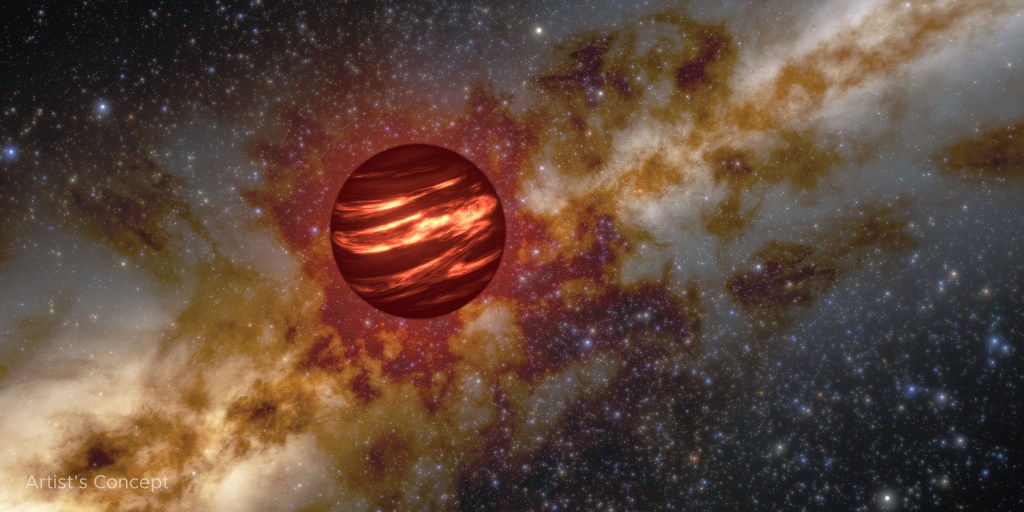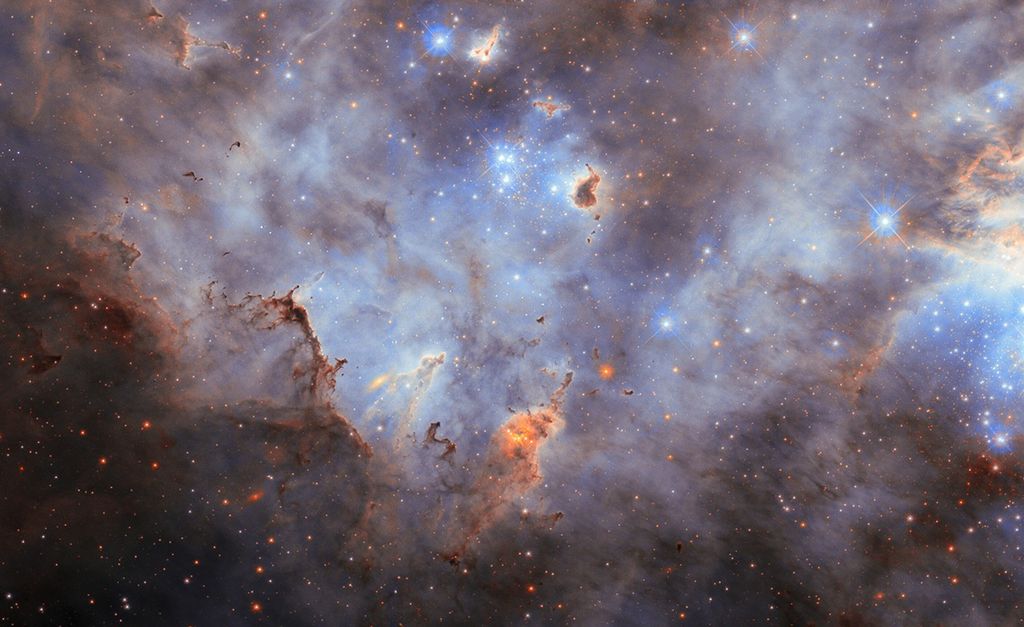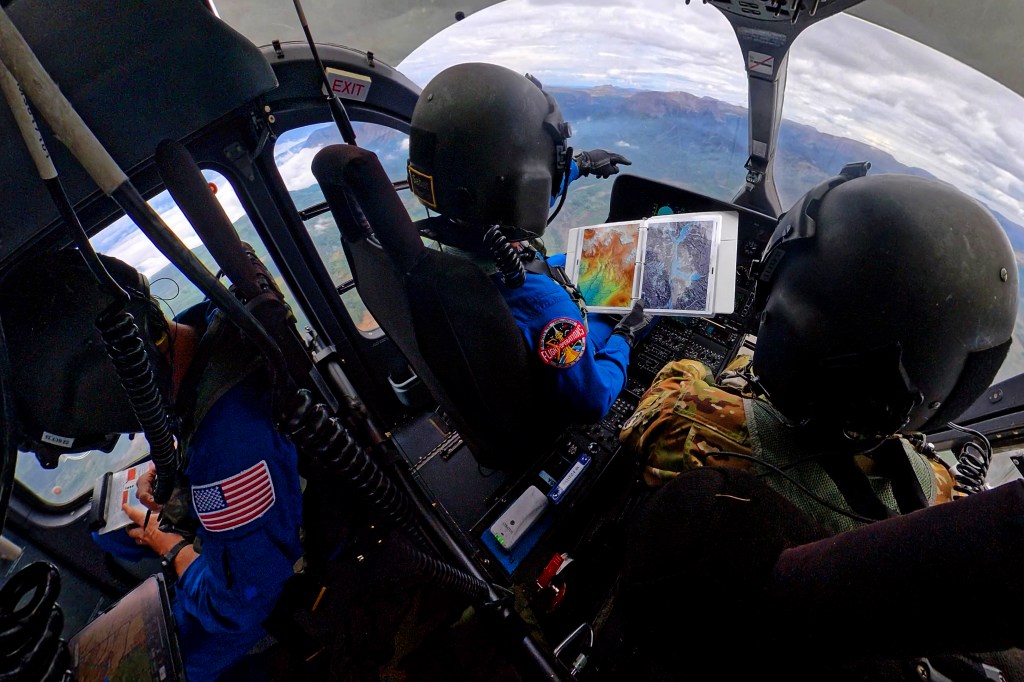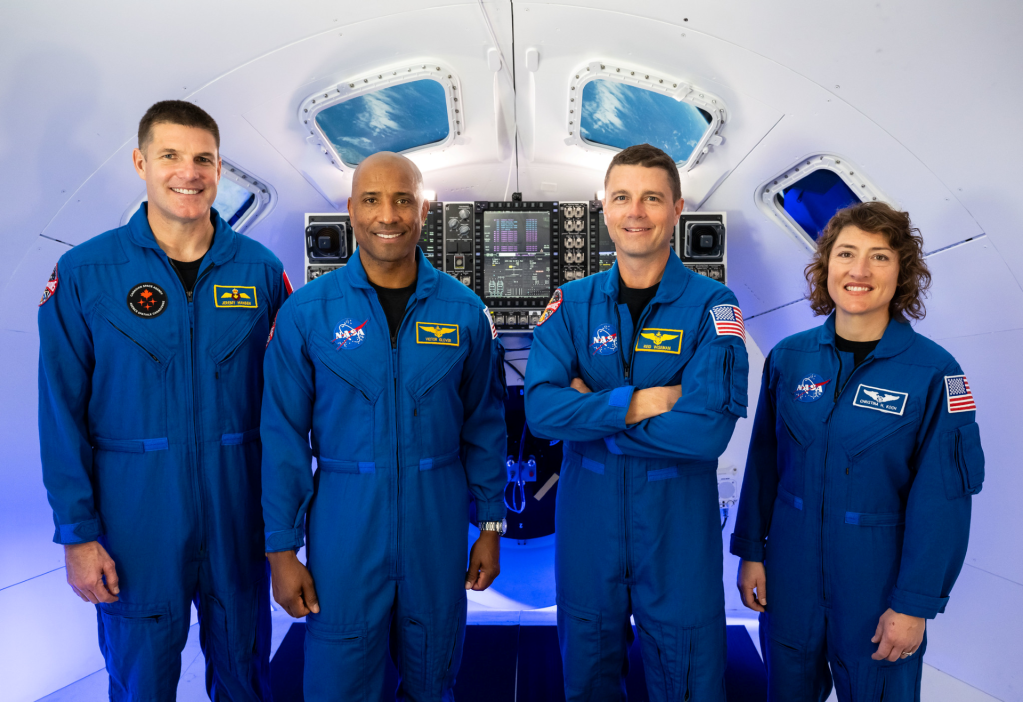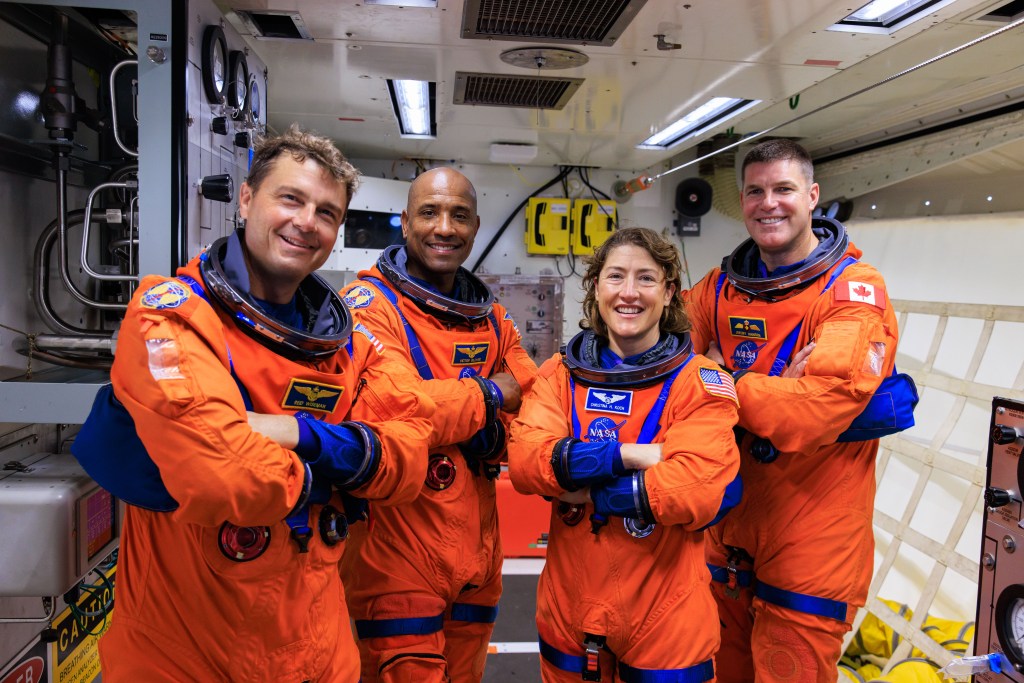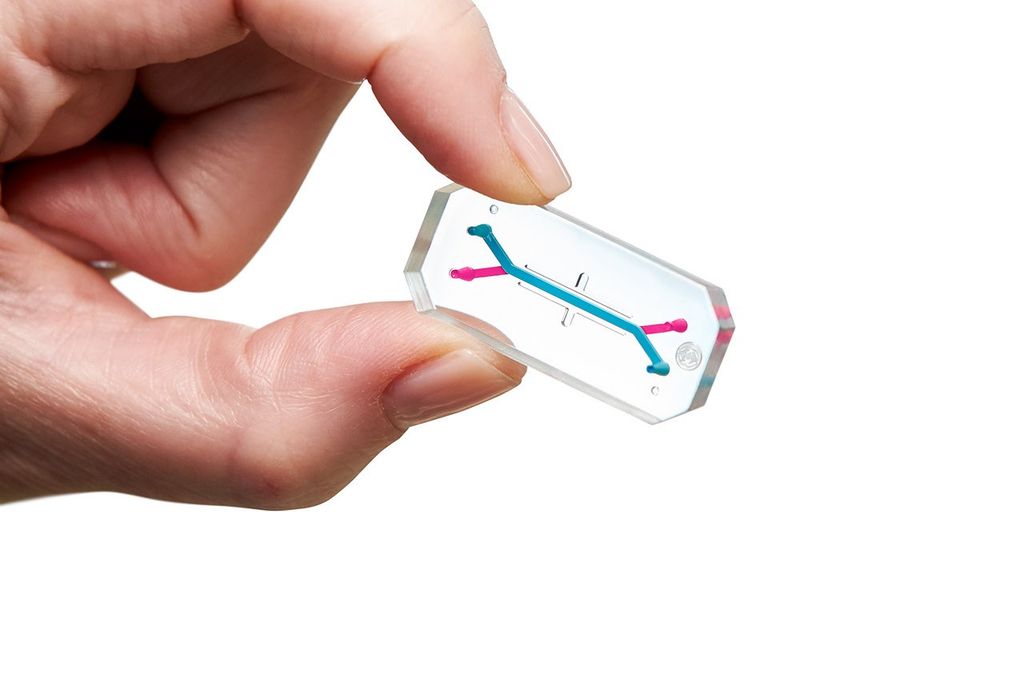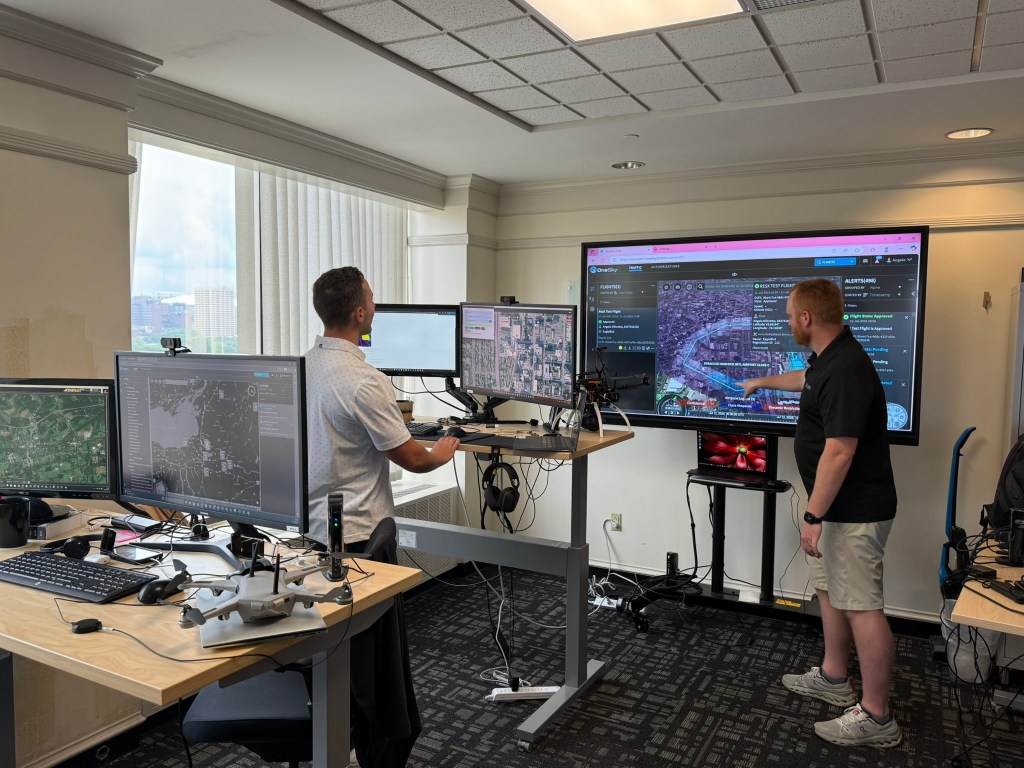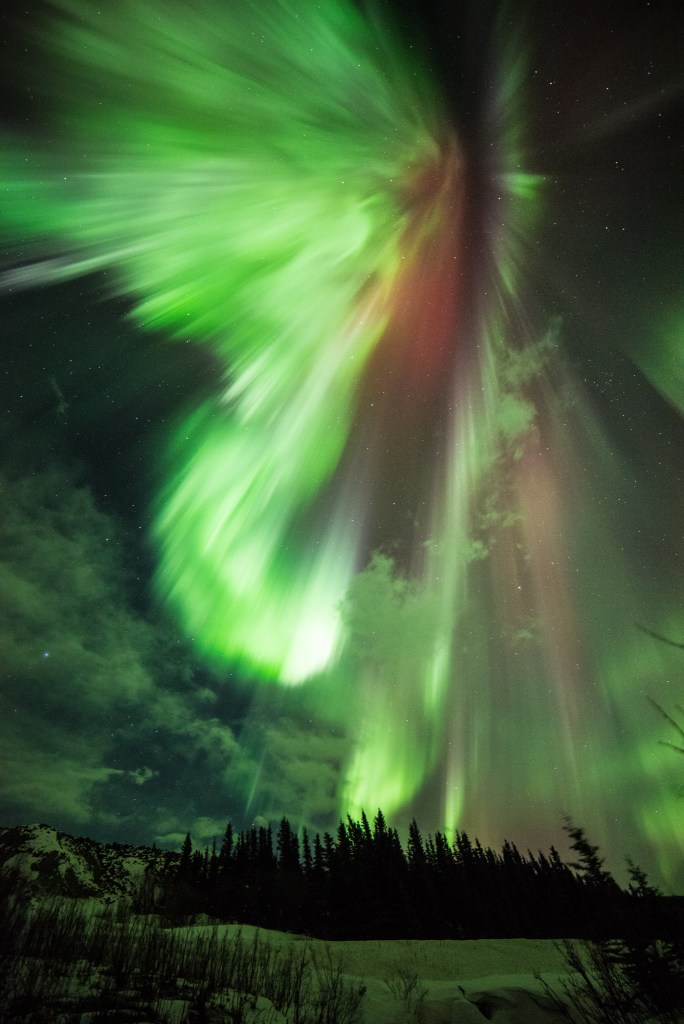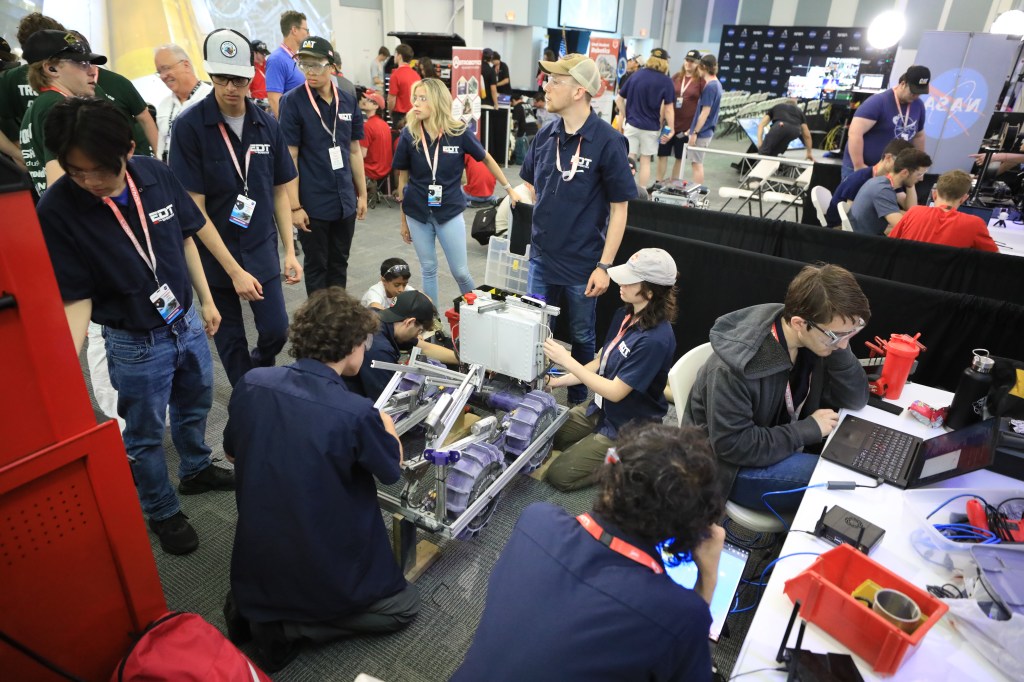Two decades ago, on Dec. 10, 1999, an Ariane 5 rocket climbed into the morning sky from Kourou, French Guiana. It carried into orbit the X-ray Multi-Mirror Mission (XMM-Newton), the largest scientific spacecraft yet built by ESA (European Space Agency) and a pioneering satellite for studying the universe with different kinds of light. XMM-Newton has studied over half a million X-ray sources, including supernovae, star-shredding black holes and superdense neutron stars.
“When ESA launched XMM-Newton 20 years ago, it immediately became one of the key space telescopes that astronomers used to advance their understanding of the universe,” said Paul Hertz, astrophysics division director at NASA Headquarters in Washington. “ESA is to be congratulated for making XMM-Newton available to the international science community and enabling a mountain of scientific discoveries.”
NASA contributed resources for two of the mission’s key instruments. The agency also funds the Guest Observer Facility at NASA’s Goddard Space Flight Center in Greenbelt, Maryland, which supports the use of XMM-Newton by the American scientific community. More than a third of the satellite’s observing time is awarded to U.S.-based astrophysicists.
Download this video in HD formats from NASA Goddard’s Scientific Visualization Studio. Credit: NASA’s Goddard Space Flight Center
X-rays allow scientists to probe such things as stars, the stellar debris of supernova remnants, and the extreme environments around black holes. The high-energy light can’t penetrate Earth’s atmosphere, so this type of data must be collected in space.
ESA designed XMM-Newton with three large, co-aligned telescopes to capture as many X-rays as possible over a wide field of view — equivalent to the apparent size of the Moon as seen from Earth. The telescopes send the collected light to the satellite’s instruments.
The European Photon Imaging Camera was developed by a large collaboration including the Max Planck Institute for Extraterrestrial Physics in Germany and led by Martin Turner at the University of Leicester in England. The instrument produces images that allow scientists to chart how the brightness of sources changes over time, providing information about the targets’ temperatures and surroundings.
Atoms in the extreme environments around black holes or in stellar debris lose electrons and produce characteristic X-rays. XMM-Newton’s Reflection Grating Spectrometer can pick out signals from specific elements like oxygen, nitrogen, carbon or iron. The overall development of the spectrometer was led by Bert Brinkman at the Netherlands Institute for Space Research. Steven Kahn, then at Columbia University in New York, led the development of the NASA-funded gratings, which spread out light collected by the telescopes to reveal the elements.
Cosmic occurrences rarely, if ever, emit just one type of light. NASA provided support for XMM-Newton’s Optical/UV Monitor Telescope, which studies objects at visible and UV wavelengths, making XMM-Newton a multiwavelength satellite. The telescope’s overall development was led by Keith Mason at Mullard Space Science Laboratory in England. Previously, simultaneous X-ray and optical/UV measurements were only possible by coordinating observations between satellites and ground-based telescopes. But collecting a steady stream of data from the ground could be complicated by clouds and the fact that the telescopes must observe at night.
“Our thought was that if we could do all of the observations from one platform in space, it would be much more efficient,” said France Córdova, now director of the National Science Foundation in Alexandria, Virginia, who led the development of U.S. contributions to the telescope. “To think that after 20 years, all the instruments are still working harmoniously together is absolutely amazing,” she said.
All of the satellite’s components were integrated at the European Space Research and Technology Centre in Noordwijk, Netherlands, before being shipped 4,600 miles (7,300 kilometers) overseas to Kourou on the French cargo ship MN Toucan.
Since its launch, scientists have used XMM-Newton to learn about neutron stars, the crushed cores of massive stars, in the debris of the supernova explosions that created them. The satellite detected the first sudden spin decrease seen on an accreting pulsar, a rapidly spinning neutron star powered by gas funneling onto it from a stellar neighbor.
X-rays bounce all around the environments near black holes. These X-ray “echoes” can help us map the area much as sonar uses sound waves to chart the ocean floor. XMM-Newton scientists first used the technique to map the region around a monster black hole in 2012. The satellite has also watched the earliest moments of tidal disruptions, cataclysmic events that occur when unlucky stars stray too close to black holes.
“Normal” matter — from protons to planets — only makes up 5% of the universe, and for years, scientists could only account for half of it. XMM-Newton’s detailed observations showed that at least some of the missing material hides in the intergalactic medium, the web of hot gas between galaxies. The rest of cosmic matter is called dark matter. XMM-Newton’s surveys and source catalogs helped astrophysicists calculate exactly how much of this mysterious substance resides in galaxy clusters.
“XMM-Newton has revealed the universe’s X-ray secrets to a generation of astronomers,” said Goddard’s Kim Weaver, the NASA project scientist for the mission. “The satellite is projected to stay healthy through 2028, so the astrophysics community can look forward to another decade of exciting discoveries.”
For more information on ESA’s XMM-Newton mission, visit: http://www.esa.int/Science_Exploration/Space_Science/XMM-Newton_overview
By Jeanette Kazmierczak
NASA’s Goddard Space Flight Center, Greenbelt, Md.

